Wandering down Chipping Campden’s High Street, I felt the weight of its wool town past everywhere. Golden stone buildings lined the street, almost glowing in the sunlight. They’ve stood here for centuries, showing off the wealth the wool trade brought and the kind of beauty that just doesn’t fade.
Every few steps, I passed historic shops, the old Market Hall, and narrow lanes that whispered stories about Chipping Campden’s days as one of England’s best-preserved market towns.
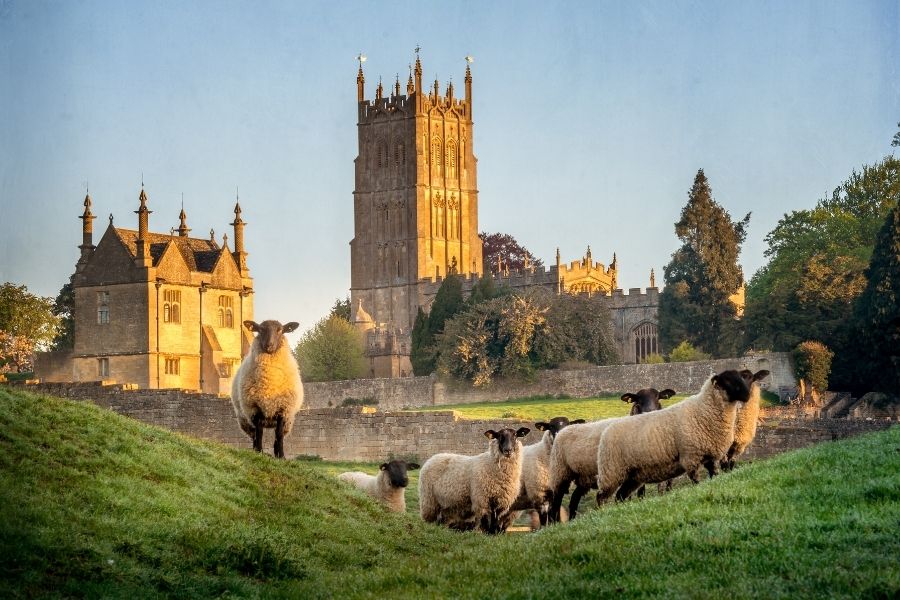
Exploring deeper, I stumbled upon the Arts and Crafts movement’s mark on the town. In the early 1900s, skilled craftspeople set up shop here. Their old studios and workshops still buzz with creativity and inspiration. The mix of medieval roots and artistic flair gives Chipping Campden a vibe that’s more than just “pretty”—it’s a living, breathing slice of English history.
Walking here, you don’t just see the town’s story—you feel it. Every building along the High Street seems to nudge you, eager to share another chapter.
Wool Town Grandeur: Chipping Campden’s Roots and High Street Heritage
Chipping Campden’s journey began with the wool trade’s rise. That trade created fortunes, leaving its mark on the High Street’s limestone buildings and historic market spots.
Origins of the Wool Trade and Medieval Prosperity
When I walk through Chipping Campden, I can’t help but notice how the wool trade shaped everything. The region’s Cotswold sheep were prized for their wool, and merchants built their fortunes on it.
Wealthy traders poured money into the community, funding grand estates and public buildings. St James’ Church, for example, stands tall as a symbol of that era. Built by wool merchants in the 14th century, its size and stonework tell you just how rich the town once was.
Other buildings from that time—old homes and public spaces—still line the streets. The wool boom didn’t just make merchants rich; it gave work to local masons, craftspeople, and farmers.
Honestly, the wool trade did more than fill pockets. It gave Chipping Campden its character and set the stage for everything that followed.
Market Town Legacy and the Granting of the Charter
Chipping Campden got its name from “ceping,” the Old English word for market. Markets became the heartbeat of the town, and its spot on ancient trading routes made it a key hub.
A real turning point came when King Henry II granted a charter. That official stamp allowed weekly markets and annual fairs, pulling folks in from all over.
The markets weren’t just about business. They brought together local farmers, shopkeepers, and visitors. Over time, Chipping Campden turned into a buzzing social and economic center.
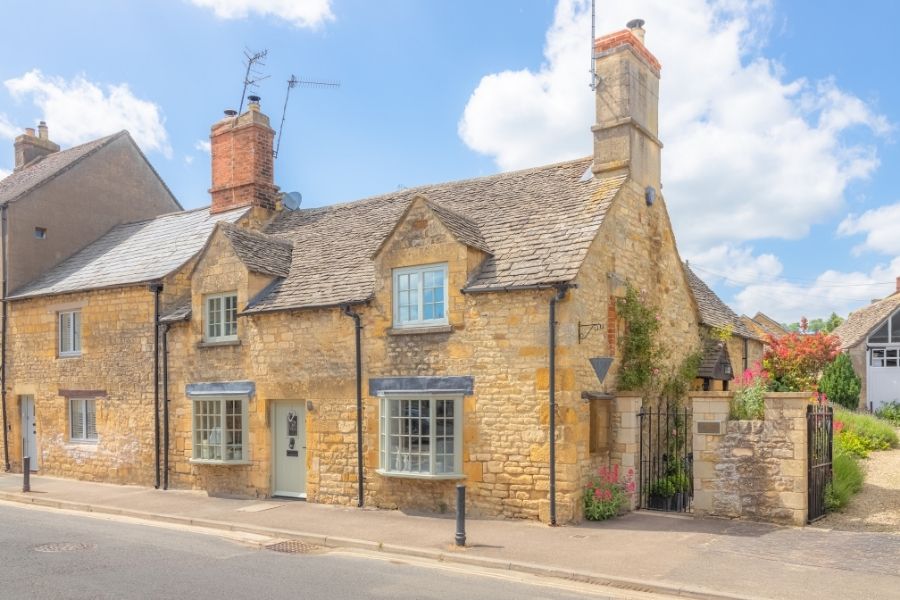
That lively market tradition still carries on, keeping the town’s medieval spirit alive.
Picturesque High Street: Limestone Buildings and Cotswold Stone
Walking along Chipping Campden High Street, you can’t miss the golden Cotswold stone. Most of these limestone buildings date from the 14th to 17th centuries, with steep roofs and stone windows.
Local quarries supplied the honey-colored stone, giving the whole town a warm, unified look. Cotswold stone isn’t just pretty—it’s tough, which explains why these buildings have survived so long.
Many shops and homes here were built by wool merchants and skilled tradespeople. The street’s layout, thanks to Hugh de Gondeville (a friend of King Henry II), balances function with a touch of elegance.
That blend of practicality and beauty makes this High Street one of England’s most charming.
Historical Landmarks Along the High Street
A few landmarks always catch my eye here. The Market Hall, built back in 1627, stands with open arches and a solid stone roof. Merchants once sheltered here, selling cheese, butter, and produce. Now, it’s one of the town’s most recognizable sights.
Grevel House stands out too. Built in 1380, it’s the oldest house in Chipping Campden and a textbook example of a medieval wool merchant’s home. Its tall gables and stonework are straight out of another era.
The Almshouses, founded in 1612, still give shelter to those in need. Even the ruins of Old Campden House nearby hint at the grand lifestyles of estate owners. Each building adds another layer to the story of how wool and markets built Chipping Campden.
A Walk Through Arts & Crafts History
As I wandered, I realized Chipping Campden’s past isn’t just locked away in history books—it’s alive in its buildings and community. The Arts and Crafts Movement left a creative legacy that’s still visible and easy to explore.
Guild of Handicrafts and Court Barn Museum
The Guild of Handicrafts kicked off here in 1902. Led by C.R. Ashbee, this group of makers believed in handcrafted work and honest design. They moved into the Old Silk Mill and set up workshops for metalwork, furniture, and jewelry.
Today, the Court Barn Museum tells their story. Inside, you’ll find displays of silver, handmade tools, and crafts made right in town. I browsed timelines, artist profiles, and carefully arranged pieces.
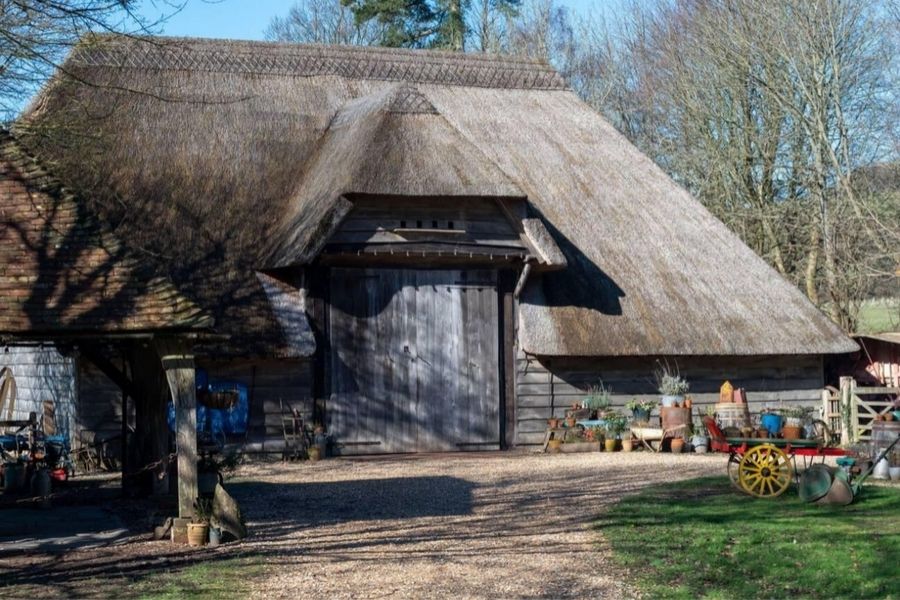
The museum sits right on Church Street, close to the Market Hall. Here’s what stood out during my visit:
| Feature | Description |
|---|---|
| Location | Church Street, near Market Hall |
| Key Exhibits | Metalwork, silver, jewelry, local art |
| Interactive Displays | Craft tools, design sketches, videos |
Ernest Wilson Memorial Garden and Arts & Crafts Gardens
The Ernest Wilson Memorial Garden is a peaceful spot named for a local plant hunter. It’s designed in the Arts and Crafts style—think natural beauty, local plants, stone paths, and quiet corners to sit.
The garden’s flowers and shrubs were chosen for their links to Wilson’s travels. Every part feels intentional, echoing the Arts and Crafts belief in harmony with nature. The place is open and inviting, and I loved seeing how art and plants blend together here.
Other Arts & Crafts gardens in town feature classic stonework, topiary, and borders that really show off the connection between gardening and art.
Old Silk Mill: Creative Hub Past and Present
The Old Silk Mill stands as a reminder of Chipping Campden’s craft tradition. It was once a working mill, then became the heart of Ashbee’s Guild of Handicrafts.
These days, the mill still buzzes with creative energy. Studios and small businesses fill the space, focused on design, jewelry, and crafts. Some workshops even offer demonstrations, so you can watch traditional skills in action.
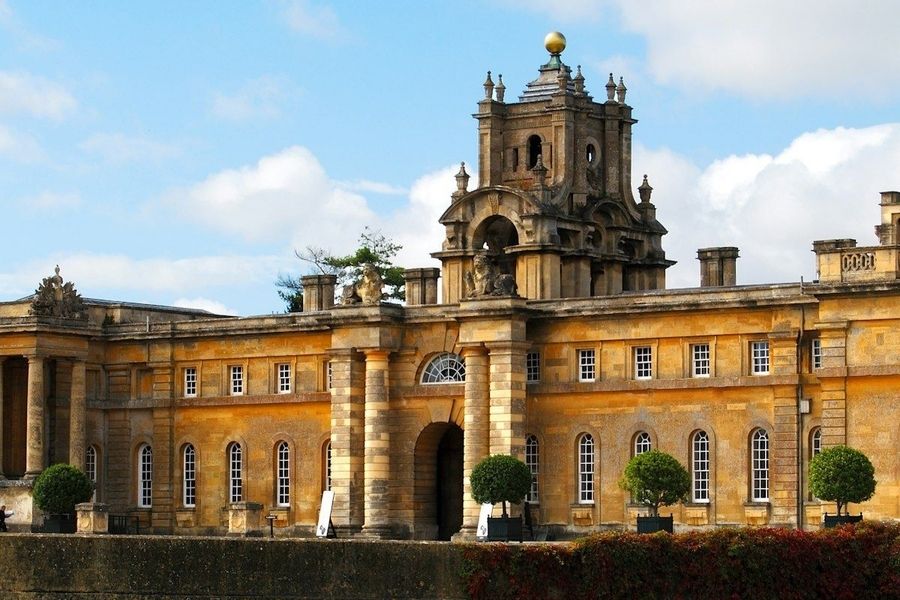
If you want to meet local makers, the Silk Mill is a must-visit. It’s easy to find and always lively, with artists carrying on the Arts & Crafts tradition in their own way.
Sights, Attractions, and Notable Architecture
As I walked around Chipping Campden, I found myself surrounded by striking buildings and centuries-old landmarks. The streets pulse with local character, and every structure seems to have a story—whether about wool, craftsmanship, or village life.
St. James Church and Sir Baptist Hicks’ Almshouses
St. James Church sits on a hill at the town’s edge, its tower rising high above everything. Built in the 15th century, it’s visible for miles. The stonework and window details really show off the wool merchants’ wealth.
Inside, the church is calm and filled with colored light from stained glass. I spotted carvings from different centuries and found the tombs of local figures—some nearly 500 years old. It’s a peaceful place to pause.
Just down the road, Sir Baptist Hicks’ almshouses line up in neat rows, built in the 1600s from Cotswold stone. These small homes were meant for the parish’s poor, and people still live in them today. Together, the church and almshouses tell you a lot about Chipping Campden’s history of both prosperity and care for its people.
Market Hall and Historic Estates
The Market Hall sits right in the middle of High Street, its stone arches open to the breeze. Built in 1627, it sheltered merchants selling cheese, eggs, and wool. The heavy stone roof and timber beams are classic Cotswold architecture.
Key features of the Market Hall:
| Feature | Description |
|---|---|
| Roof | Stone slabs, traditional style |
| Pillars | Sandstone, original carvings |
| Use (historic) | Selling goods, local market |
Not far from the Market Hall, I passed grand houses and historic estates. Some have long gardens that stretch down to the street, framed by stone walls and iron gates.
These elegant homes, built with local limestone, reflect the wealth and taste of the wool merchants who once ruled the town’s trade.
Independent Shops and Tea Rooms
The High Street is lined with independent shops, each tucked into old stone-fronted buildings. Antique stores sit side by side with bakeries, and I spotted art galleries filled with local crafts.
Shop windows display handmade pottery, jewelry, and tempting foods. Tea rooms and cafes offer a cozy spot to rest. Inside, you’ll find wooden beams, fireplaces, and shelves stacked with cakes or old books.
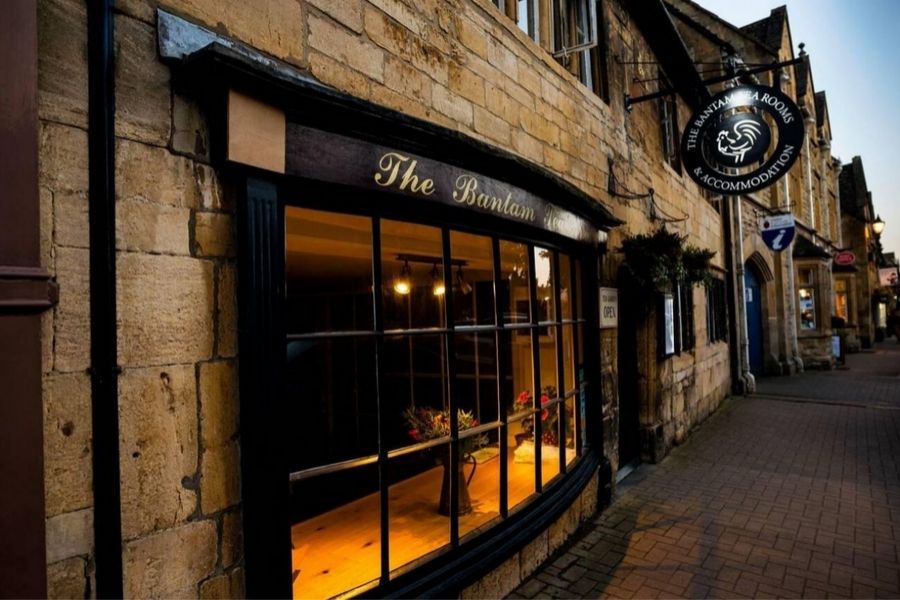
Some cafes have tiny courtyards out back, perfect for sipping tea and people-watching. These small businesses keep the town lively, bringing together locals and visitors and filling the historic center with color and energy.
Exploring the Surrounding Cotswolds and Countryside
Chipping Campden sits right in the heart of the North Cotswolds. Rolling hills, scenic trails, and some of the region’s best gardens surround the town.
Walks here open up classic English countryside—honey-colored villages, old woodlands, and sweeping views that make you want to stop and take it all in.
Walking the Cotswold Way and Circular Walks
The Cotswold Way starts right in Chipping Campden. This National Trail runs 102 miles all the way to Bath, winding through hills, fields, and postcard-perfect villages.
Trail markers are clear, which makes it easy to follow even if you’ve never been here before. Some of my favorite circular walks start at the Market Hall and loop past sheep fields, stone cottages, and quiet lanes.
Local maps and guides are easy to find in town, so you can pick a route that fits your mood and energy. Here are a few walks I’d recommend:
| Walk Name | Distance | Highlights |
|---|---|---|
| Cotswold Way Start | Flexible | Historic High Street, rolling vistas |
| Dover’s Hill Loop | 2 miles | Open hill views, wildflowers in spring |
| Hidcote Circular | 5 miles | Gardens, open countryside, quiet lanes |
The landscape here is officially designated as an Area of Outstanding Natural Beauty (AONB), so every walk feels a bit special.
Gardens: Hidcote Manor, Batsford Arboretum, and More
Just outside town, Hidcote Manor Garden is a standout. Created by Lawrence Johnston, it’s one of the UK’s most famous Arts & Crafts gardens. Its outdoor “rooms” are packed with rare plants and vibrant borders.
I loved exploring the hidden corners—each one has its own feel. If you’re into gardens or design, this is a must-see.
Nearby, Batsford Arboretum offers one of the country’s largest private tree collections. Paths wind through woodlands filled with maples, magnolias, and rare trees. Informative signs make the visit both relaxing and a bit educational.
Other gardens, like Kiftsgate Court, also offer gorgeous views and peaceful walks. Each spot reveals a new side of the Cotswolds’ rich gardening history.
Panoramic Views from Broadway Tower
Broadway Tower rises up on one of the highest points in the Cotswolds, just a few miles from Chipping Campden.
I wandered up the gentle hill—part of the Cotswold Way—and when I reached the top, wow, the views just stretched on forever. On a clear day, you can spot up to sixteen counties.
The tower itself oozes history and stands as a favorite landmark for walkers. I climbed up to the viewing platform and felt like I could see all of England’s patchwork countryside—woods, farmland, distant villages, and all.
It’s a brilliant spot for photos, a lazy picnic, or just stopping to take in the landscape. Some people say this is the best scenery in England, and honestly, I can see why.
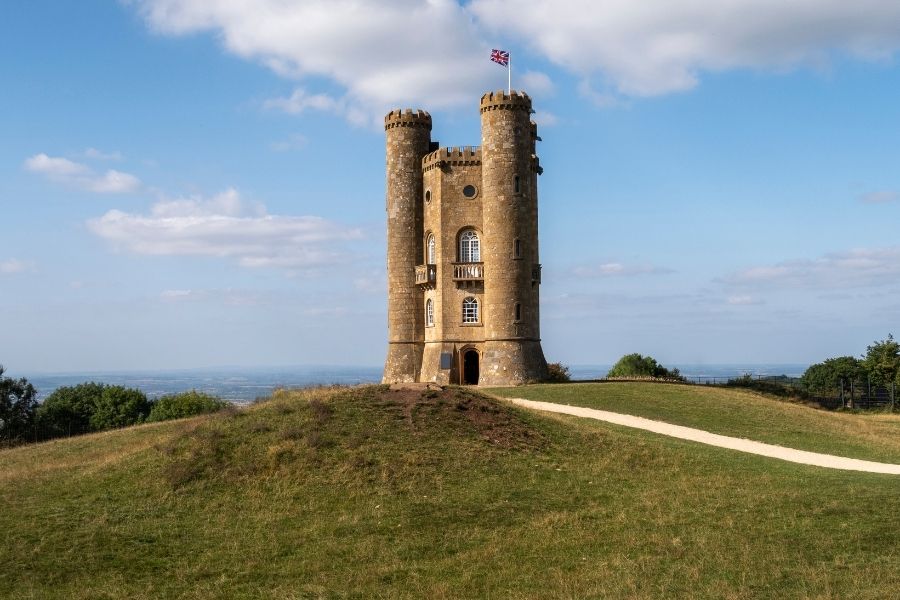
Broadway Tower also has a friendly deer park, a cozy café, and you can get there easily from nearby footpaths.
Events, Festivals, and Campden Culture
Chipping Campden buzzes with life all year. There’s always something going on—music, literature, quirky games, and great food.
Every visit feels different. Sometimes you stumble upon old traditions, sometimes on new favorites, but it’s always set against that gorgeous, historic backdrop.
Chipping Campden Music Festival and Campden Literature Festival
The Chipping Campden Music Festival is honestly one of the highlights for me. Every May, musicians fill the old churches and halls with classical music.
Those venues—with their stone walls and creaky beams—make every performance feel special. There’s something magical about hearing music echo through such old spaces.
The Campden Literature Festival happens in spring and brings together authors from all over. People gather in small groups, listening to writers share their stories and answer questions.
I love seeing both locals and visitors bonding over books in such a historic place. The whole town seems to glow with excitement.
Tickets go fast, so I always try to book early. When festival week rolls around, cafés and shops along High Street buzz with people chatting about books and music over coffee.
The Olimpick Games and Heritage Events
The Cotswold Olimpick Games light up every summer on Dover’s Hill near Chipping Campden. This wild tradition dates back to the early 1600s.
Events like shin-kicking and tug-of-war draw crowds, and the energy is contagious. I like watching families get swept up in the fun, cheering from the grass.
Heritage festivals, such as the Scuttlebrook Wake, make things even more colorful. Parades, costumes, and maypole dancing take over the streets during this June celebration.
Kids carry flower garlands or ride floats, and local bands play nearby. The whole scene feels like something out of a storybook.
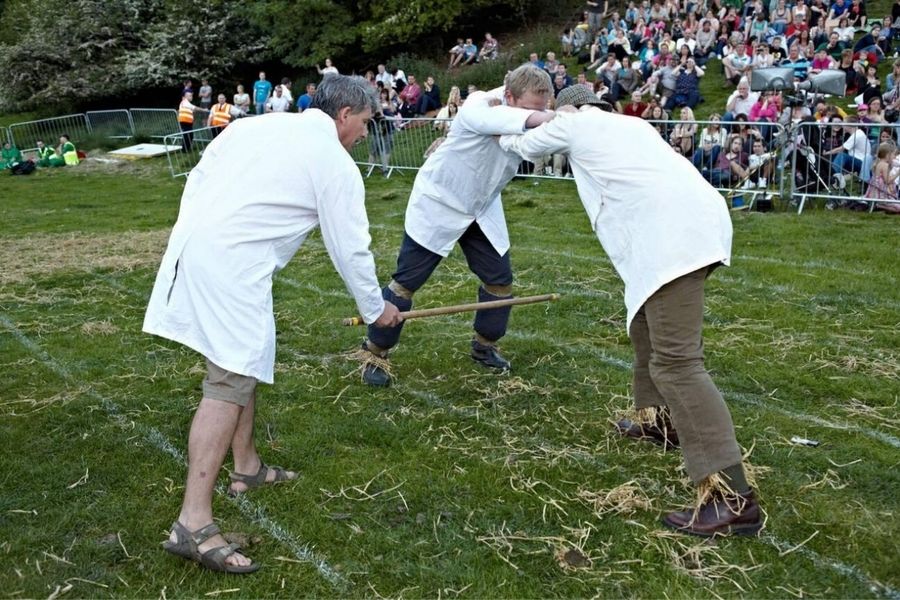
Other traditional events pop up through the year, often focused on local food and crafts. The High Street turns lively with stalls, performers, and visitors.
Local Food: Pastries, Fish and Chips, and Where to Eat
Eating in Chipping Campden is a treat. There are loads of options for classic British dishes and fresh local bites.
Traditional bakeries whip up scones and Eccles cakes each morning. I can’t resist starting my day with a warm pastry and a cup of tea.
Fish and chips shops are a go-to for lunch or a relaxed dinner. The fish comes out crispy, with thick chips and peas on the side. It’s easy to see why everyone loves it.
Here are a few spots I’d recommend:
| Name | Type | What to Try |
|---|---|---|
| The Bakers Arms | Pub | Homemade pies |
| Campden Coffee Co. | Café | Fresh pastries, cakes |
| Michael’s Fish Bar | Fish & Chips | Battered cod & chips |
| Da Luigi Bistro | Italian | Pizza, pasta |
| The Noel Arms Hotel | Classic British | Afternoon tea |
Most places use local ingredients, and the pubs often have seasonal specials. Whether I want a quick snack or a proper meal, I always find something delicious.
Planning Your Walk: Visitor Guide and Travel Tips
I spent a few days in Chipping Campden to really soak up the sights, food, and walking trails. For a smooth visit, I looked for easy transport, local hotels, and ways to explore the town plus nearby villages.
Chipping Campden Hotels and Weekend Getaways
I found a great mix of hotels and guesthouses in and around Chipping Campden. You’ll see cozy B&Bs, historic inns, and boutique hotels lining the High Street.

Recommended Stays:
| Hotel Name | Features | Distance to High Street |
|---|---|---|
| Cotswold House Hotel | Spa, gardens, central location | On High Street |
| Noel Arms Hotel | Historic coaching inn, local restaurant | On High Street |
| The Kings Hotel | Modern comfort, friendly bar | 2 min walk |
Many people book a weekend getaway here to explore the countryside and walk the Cotswold Way or Heart of England Way. If you’re thinking of visiting in spring or fall, I’d suggest reserving early—rooms fill up fast.
Travel Guide: Getting There and Exploring Nearby Blockley
Chipping Campden doesn’t have a big train station, but I found it pretty simple to reach. I took a train to Moreton-in-Marsh or Evesham, then grabbed a short taxi or hopped on a local bus.
Blockley, a nearby village just four miles away, offers a quieter change of pace. I loved its historic buildings and the little shop in the center.
You can walk between Chipping Campden and Blockley along footpaths, or drive over in just a few minutes.
Parking in Chipping Campden was easy, with several public lots near the High Street. If you’re planning a longer trip, it’s smart to check the bus and train timetables ahead of time.
Tips for Exploring Market Towns in the Heart of England
Chipping Campden sits right in the middle of several classic market towns. Each one has its own local produce and quirky shops.
I found it helpful to visit markets early—less crowded, more relaxed. Sundays and Mondays can be quiet, and some shops close early, so I planned around local hours.
Asking townsfolk for their favorite bakeries and butchers led me to some real gems. Towns like Broadway and Stow-on-the-Wold are easy to reach by bus or car.
Many of these towns are close to National Trust sites and lovely walking routes. After shopping or a meal, I’d squeeze in a short walk.
Information boards and friendly locals always helped me find my way if I wandered off track.
Campden Coffee, Michael’s Mediterranean Restaurant, and Local Gems
Most mornings, I’d wander over to Campden Coffee for a fresh pastry and a strong espresso. The place always buzzes with locals and walkers—it gets busy, but honestly, it’s worth squeezing in.
When lunchtime rolled around, I couldn’t resist Michael’s Mediterranean Restaurant just off the main street. I went for the grilled lamb, and the service? Genuinely friendly. Their menu leans into Greek and Turkish flavors, which makes a nice change if you’re a bit tired of the usual pub options.
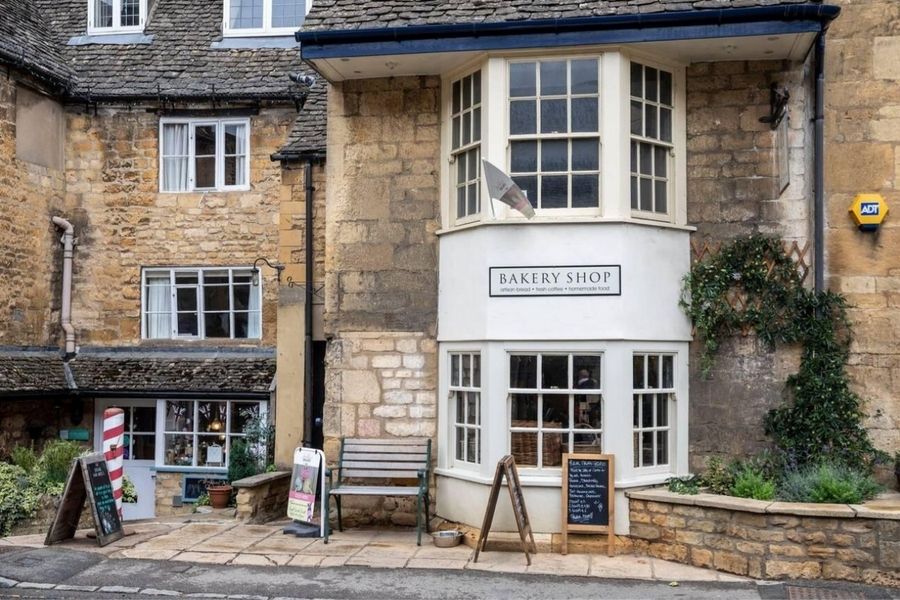
There’s something special about stumbling upon hidden bakeries, farm shops, or even the Friday market. I ended up making a habit of picking up local cheeses and chutneys—turns out, that became a highlight of my trip.
If you’re the kind of traveler who loves trying new food, these little stops along the walk shouldn’t be missed. Just a heads-up: some places close early, especially outside the busy season, so it’s worth double-checking opening times.

